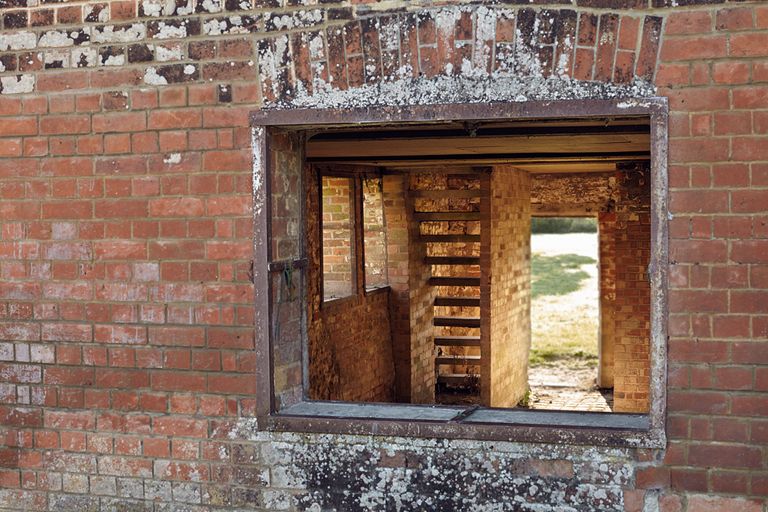Imber Village Salisbury Plain
Imber Village
Imber Village sits on Salisbury Plain, in Wiltshire. Imber was a small farming village with several hundred residents. Today, however, Imber village is a village with a difference; since 1943, the village has not had a single permanent resident.
Imber village was requisitioned by the War Ministry in 1943. It was the Second World War and the Western Allies were preparing for the largest naval, air and sea operation in history: Operation ‘Overlord’. Operation ‘Overlord’ which started on D-Day, opened a second front against Germany. The Normandy Invasion was an important turning point in the Second World War. The invasion of Normandy, launched from the south of England (principally Portsmouth in South Devon), put Hitler’s forces on the back foot. With D-Day, on the 6th of June in 1944, the process which lead to end of the World War II began. The German surrender came on the 7th of May in 1945.
Imber village residents sacrificed their homes to allow US troops to train for the Normandy Invasion. They were summoned to the Imber village local school on 1 November 1943 to learn that the village had been requisitioned under Crown prerogative. The evacuation was reported in the Warminster Journal at the time, without Imber village being mentioned by name. The villagers were told by the War Ministry that they would be able to return after the war, though once they left Imber village, days before Christmas 1943, they were never again allowed to return.
Apart from the Grade I listed, St. Giles Church in Imber village, most buildings are not well preserved – the houses are any longer inhabitable. The empty door and window frames on houses in the deserted village lends a surreal feel. The village is open to the public a few times a year, not least to allow former residents and their families’ to pay respects at the graveyard at St. Giles church. Even at these times, access is not unrestricted and there are many signs warding visitors off potentially dangerous areas reading “Do not leave the carriageway” and of unexploded military debris. The post shows the shell of a small house in Imber vllage, taken earlier this summer.
Find out more about D-Day from the Imperial War Museum. Extreme care must be exercised if visiting Imber village, paying close attention to warnings and keeping clear of restricted areas. Though Imber village is normally open for public access on a number of days each year, the Ministry of Defence reserves the right to withdraw access to Imber village, at short notice for operational reasons.
We post regularly on London Photography Exhibitions and a wide range of topics from travel to healthy living, each post featuring jfFrank photos. Have a look through our galleries and other posts to find out more about us and our work. You can find other posts here. The site features photo galleries on four themes: Memories, Moments, Escapes & Places. Follow links to explore.
Pop by to say hi
Follow us on twitter: @jfFrankFoto for updates. See more on Instagram.
Whilst we endeavour to ensure the accuracy of the information contained in all our web pages, the content is naturally subject to change and we cannot guarantee its accuracy or currency. We reserve the right to make changes to the information on the site without notice.

